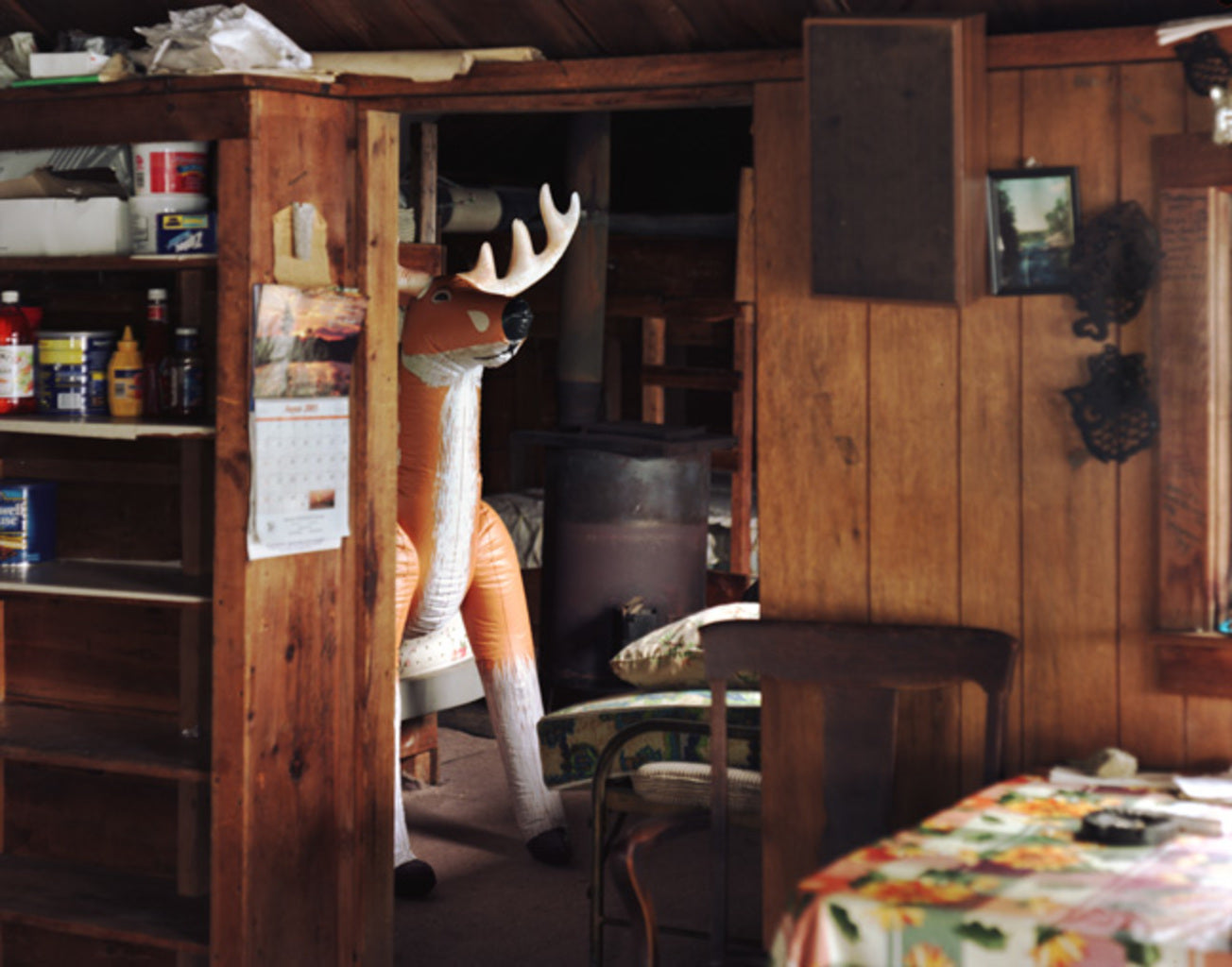One of Timothy Briner’s early photographic projects, Dixie, a charming series of large-format narratives depicted an inflatable deer and its escapades into human civilization. Made in 2006, it felt young, but read like an early stage lovechild of Jeff Wall and Les Krims. Today, nearly a decade later, Briner has produced numerous comprehensive bodies of work, including portraits of surviving American Boonville towns, one of the most sensitive accounts of Hurricane Sandy and other national disasters, and most recently, playful darkroom experiments that sandwich the medium’s past and its future. While not always linear, Briner’s work is uniquely consistent in its ability to tackle grave circumstances, and in arranging masses of imagery into a comprehensive story, regardless of how straightforward or abstract the pictures might be.

Dixie, 2005. ©Timothy Briner

Dixie, 2005. ©Timothy Briner

Water Tower, Boonville, MO. 2008. © Timothy Briner

Five Members Of The Boonville Pioneers Wrestling Squad. Boonville,IN. 2008 © Timothy Briner

"It was overwhelming but in the end I ended up with many of the same images I chose as I was editing while on the road.”

Two Cheerleaders. Boonville,IN, 2008. ©Timothy Briner

Young Man, Boonville, MO. 2007. © Timothy Briner

White Horse Location of the Former Town of Boonville,. Bryan,TX. 2008 © Timothy Briner

Hunter#1, Boonville,NY,2007. © Timothy Briner

Gladys, Boonville,NC,2007. © Timothy Briner






















